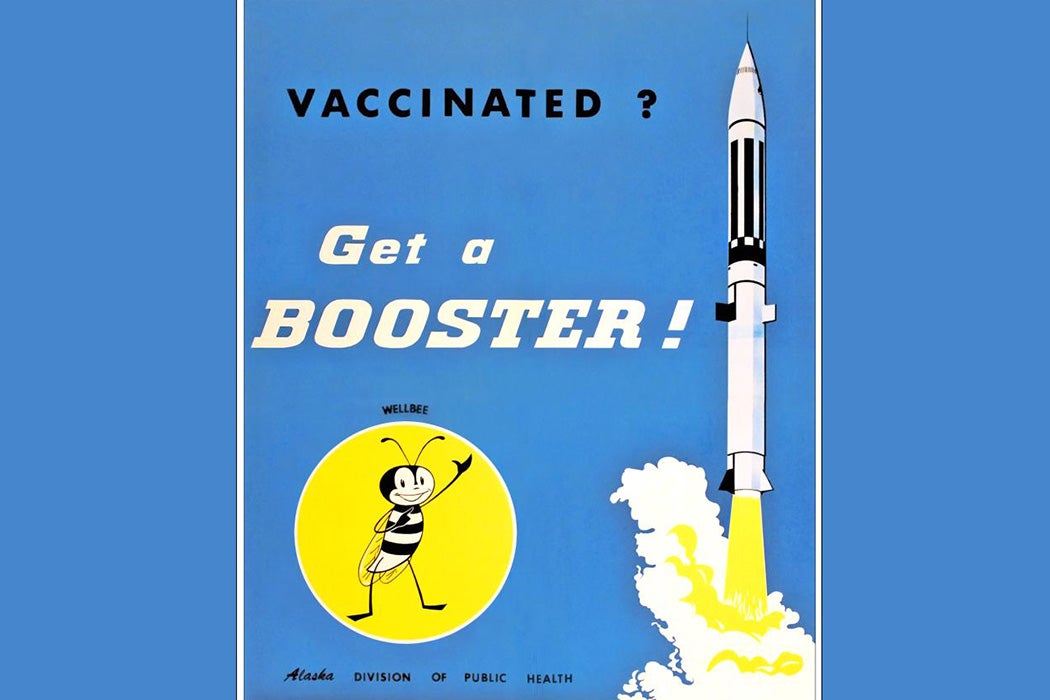A century ago, pertussis, better known as whooping cough, struck about 100,000 children a year in the United States. It killed about 6,000 annually during the 1920s. A bacterial disease, it was deadlier than other once-common scourges of childhood, including diphtheria, scarlet fever, measles, and tuberculosis. Historian Carolyn G. Shapiro-Shapin describes how a vaccine for pertussis was developed and tested in Grand Rapids, Michigan, a city that had a devastating outbreak in 1932, by public health professionals working in partnership with the community. The leaders of this effort were women.
In the “trying economic times” of the Great Depression, Shapiro-Shapin writes, Pearl Kendrick and Grace Eldering “motivated the health-conscious Grand Rapids community not only to adopt extant vaccines, but also to actively sponsor and participate in innovative public health research.”
Kendrick and Eldering were the beneficiaries of the Progressive Era’s expansion of scientific education to women and institutional public health employment. (Both would earn doctorates after their work on the pertussis vaccine.) Kendrick was put in charge of the Western Michigan Branch of the State Laboratory in 1926. She hired Grace Eldering in 1932. Eldering would take the helm from Kendrick in 1951.
Kendrick also hired Loney Clinton Gordon, trained as a dietician, to culture a strain of pertussis with sufficient virulence to make a vaccine. Which she did. Before being hired by the State Laboratory, Gordon hadn’t been able to find a position as a dietician: She was told white people wouldn’t take dietary advice from a Black woman.
Michigan was one of a handful of states with a strong public health program before World War II. That had real benefits: The Michigan Department of Health “was remarkably successful in lowering the death rate in the state in the years from 1920 to 1940.” Shapiro-Shapin attributes this to “decentralizing care; improving education and outreach; adopting, incorporating, and extending federal priorities and programs into the state’s extant channels; and, most importantly for the pertussis program, making a commitment to pursue cutting-edge research.” The success of a diphtheria-prevention campaign in the 1920s set the precedent with testing, education, and vaccines available to all, regardless of income.
The PTA, Chamber of Commerce, and Visiting Nurses Association all supported the city and state health bureaucracy in the effort to find an “effective, safe, inexpensive, and easily produced pertussis vaccine.” Dozens of local physicians provided diagnostic “cough plates” from patients. Outreach efforts extended into local counties and enrolled the Depression era’s welfare commissions and administrations, funded with state and federal monies. The economic crisis meant many families receiving aid were visited by city medical professionals, key to monitoring disease spread.
The field trial between 1934 and 1936 had excellent results but was challenged by skeptics. “As a matter of mere probability the odds are strongly against Miss Kendrick’s experiment being sound,” wrote a Johns Hopkins epidemiologist who was ultimately “unable to find the faults he expected,” Shapiro-Shapin writes.
Weekly Newsletter
The Biological Products Division, part of Michigan’s state health department, was producing enough vaccine to distribute it nationally by 1940. The results were very good: The death rate for whooping cough dropped from 5.9 per 100,000 in 1934 to fewer than 1 per 100,000 in 1948.
Although whooping cough can still be deadly, with over 160,000 people around the world dying of it every year, Kendrick, Eldering, and Gordon helped lay the groundwork for the remarkable success of the pertussis vaccine.







